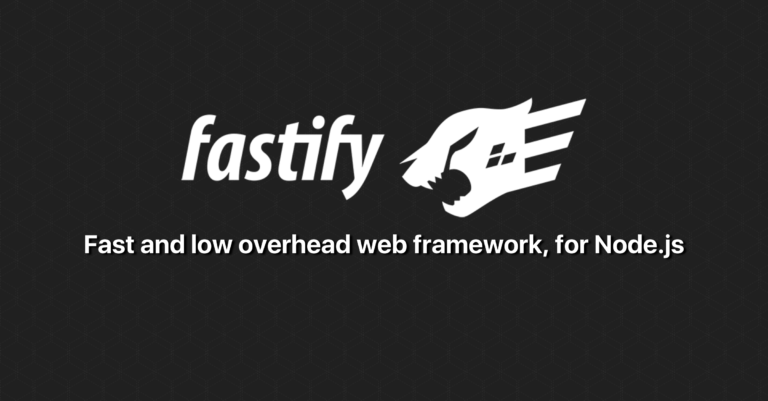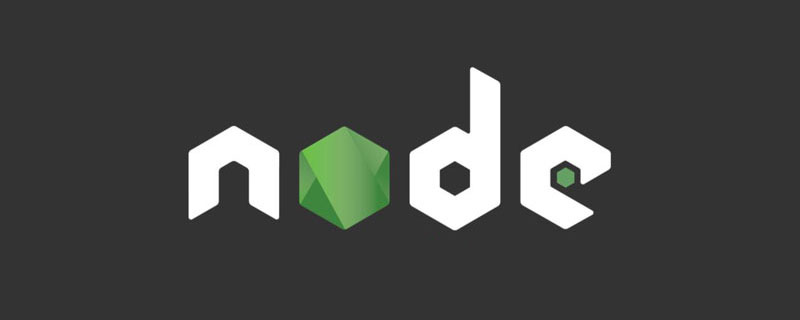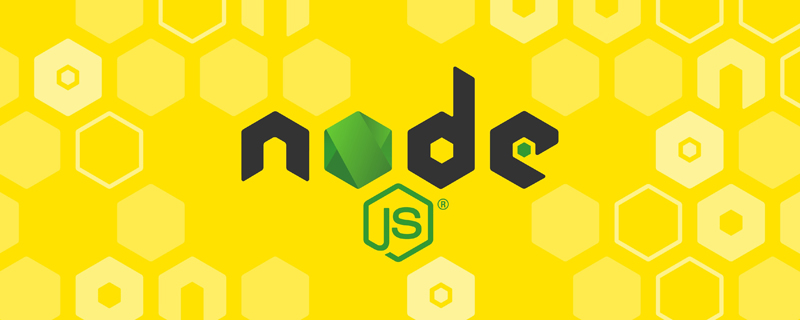 Web Front-end
Web Front-end JS Tutorial
JS Tutorial Build an instant messaging system based on socket.io and node.js_node.js
Build an instant messaging system based on socket.io and node.js_node.jsBuild a websocket server using socket.io and nodejs
socket.io can not only build client-side websocket services, but also supports nodejs server-side websockets.
Let me introduce how to install and configure nodejs.
Go to http://nodejs.org/#download to download the msi file. Keep clicking next to install. The final file will be automatically installed in the C:nodejs directory.
After the installation is completed, the environment variables will be automatically configured. If there is no automatic configuration, manually add ;C:nodejs to the path.
After the installation is complete, npm needs to be configured to manage node.js modules.
Installing npm under window requires installing git.
After installing git, open gitbush. Follow these steps:
git config --system http.sslcainfo /bin/curl-ca-bundle.crt git clone --recursive git://github.com/isaacs/npm.git cd npm node cli.js install npm -gf
The first step is to set up without any prompts. The second step is to download npm from github and there will be download files and progress. The fourth step is to install npm to node.js and copy several files cmd files and mode_modules files. Clip it to the nodejs directory.
This will configure npm.
If you need to install any modules, directly enter npm install ***.
Those without npm or Windows users can use github to download socket.io and put it into the node_modules folder. For specific configuration, please refer to the article: "Nodejs Tutorial: Configuring the Windows Directory Structure of Nodejs.exe"
nodejs installation socket.io
Use the node plug-in to manage the package and run the following command to successfully install socket.io
npm install socket.io
An example implemented using socket.io
Client code:
<html>
<head>
<title></title>
<script src="../js/socket.io.client.js"></script>
<script type="text/javascript">
function doit() {
var socket = io.connect('http://localhost');
socket.on('news', function (data) {//接收到服务器发送过来的名为'new'的数据
console.log(data.hello);//data为应服务器发送过来的数据。
socket.emit('my new event', { my:'new data' });//向服务器发送数据,实现双向数据传输
});
socket.on('other', function (data) {//接收另一个名为'other'数据,
console.log(data.hello);
socket.emit('event1', { my:'other data' });
});
}
</script>
</head>
<body>
<button id='btn' onclick="doit()">click me</button>
</body>
</html>
socket.io.client.js can be downloaded locally from https://github.com/LearnBoost/socket.io-client, and point to it in
The server is implemented with nodejs
server2.js
var http= require('http'), io= require('socket.io'), express= require('express');
var app = express.createServer(), io = io.listen(app);
app.listen(80);
io.sockets.on('connection', function (socket) {
socket.emit('news', { hello: 'world' });//监听,一旦客户端连接上,即发送数据,第一个参数'new'为数据名,第二个参数既为数据
socket.on('my other event', function (data) {//捕获客户端发送名为'my other event'的数据
console.log(data.my);
});
socket.emit('other', { hello: 'other world' });//发送另一个数据
socket.on('evnet1', function (data) {//捕获另外一个数据
console.log(data.my);
});
});
Test results can be displayed normally on the client
Server-side display results:
C:javaNodejs>node server2.js
Note: The code must be in the same directory as npm_module. Otherwise, there will be an error that the socket.io module cannot be found.
 Vercel是什么?怎么部署Node服务?May 07, 2022 pm 09:34 PM
Vercel是什么?怎么部署Node服务?May 07, 2022 pm 09:34 PMVercel是什么?本篇文章带大家了解一下Vercel,并介绍一下在Vercel中部署 Node 服务的方法,希望对大家有所帮助!
 node.js gm是什么Jul 12, 2022 pm 06:28 PM
node.js gm是什么Jul 12, 2022 pm 06:28 PMgm是基于node.js的图片处理插件,它封装了图片处理工具GraphicsMagick(GM)和ImageMagick(IM),可使用spawn的方式调用。gm插件不是node默认安装的,需执行“npm install gm -S”进行安装才可使用。
 一文解析package.json和package-lock.jsonSep 01, 2022 pm 08:02 PM
一文解析package.json和package-lock.jsonSep 01, 2022 pm 08:02 PM本篇文章带大家详解package.json和package-lock.json文件,希望对大家有所帮助!
 怎么使用pkg将Node.js项目打包为可执行文件?Jul 26, 2022 pm 07:33 PM
怎么使用pkg将Node.js项目打包为可执行文件?Jul 26, 2022 pm 07:33 PM如何用pkg打包nodejs可执行文件?下面本篇文章给大家介绍一下使用pkg将Node.js项目打包为可执行文件的方法,希望对大家有所帮助!
 分享一个Nodejs web框架:FastifyAug 04, 2022 pm 09:23 PM
分享一个Nodejs web框架:FastifyAug 04, 2022 pm 09:23 PM本篇文章给大家分享一个Nodejs web框架:Fastify,简单介绍一下Fastify支持的特性、Fastify支持的插件以及Fastify的使用方法,希望对大家有所帮助!
 node爬取数据实例:聊聊怎么抓取小说章节May 02, 2022 am 10:00 AM
node爬取数据实例:聊聊怎么抓取小说章节May 02, 2022 am 10:00 AMnode怎么爬取数据?下面本篇文章给大家分享一个node爬虫实例,聊聊利用node抓取小说章节的方法,希望对大家有所帮助!
 手把手带你使用Node.js和adb开发一个手机备份小工具Apr 14, 2022 pm 09:06 PM
手把手带你使用Node.js和adb开发一个手机备份小工具Apr 14, 2022 pm 09:06 PM本篇文章给大家分享一个Node实战,介绍一下使用Node.js和adb怎么开发一个手机备份小工具,希望对大家有所帮助!
 图文详解node.js如何构建web服务器Aug 08, 2022 am 10:27 AM
图文详解node.js如何构建web服务器Aug 08, 2022 am 10:27 AM先介绍node.js的安装,再介绍使用node.js构建一个简单的web服务器,最后通过一个简单的示例,演示网页与服务器之间的数据交互的实现。


Hot AI Tools

Undresser.AI Undress
AI-powered app for creating realistic nude photos

AI Clothes Remover
Online AI tool for removing clothes from photos.

Undress AI Tool
Undress images for free

Clothoff.io
AI clothes remover

AI Hentai Generator
Generate AI Hentai for free.

Hot Article

Hot Tools

DVWA
Damn Vulnerable Web App (DVWA) is a PHP/MySQL web application that is very vulnerable. Its main goals are to be an aid for security professionals to test their skills and tools in a legal environment, to help web developers better understand the process of securing web applications, and to help teachers/students teach/learn in a classroom environment Web application security. The goal of DVWA is to practice some of the most common web vulnerabilities through a simple and straightforward interface, with varying degrees of difficulty. Please note that this software

Atom editor mac version download
The most popular open source editor

SecLists
SecLists is the ultimate security tester's companion. It is a collection of various types of lists that are frequently used during security assessments, all in one place. SecLists helps make security testing more efficient and productive by conveniently providing all the lists a security tester might need. List types include usernames, passwords, URLs, fuzzing payloads, sensitive data patterns, web shells, and more. The tester can simply pull this repository onto a new test machine and he will have access to every type of list he needs.

Dreamweaver Mac version
Visual web development tools

Zend Studio 13.0.1
Powerful PHP integrated development environment





